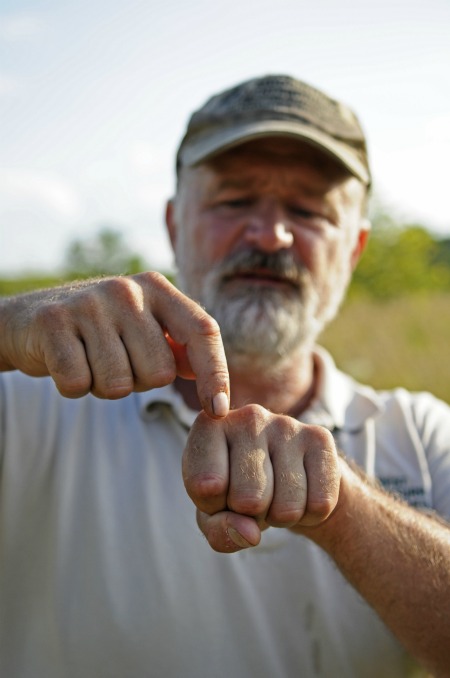Welcome everyone to the first episode of a brand new season of the Abundant Edge podcast. I can’t believe I’m starting the fourth year of this little pet project that I had three years ago after I had just moved to Guatemala and was wrapping up an internship on bamboo building, and now here I am, having moved to north eastern Spain and with more than 50 thousand of you incredible folks tuning in to this show every month from all around the world. I’m so happy to be able to keep this show going and I’m really excited to start a new season with a brand new website that makes it easier than ever to search for topics, names, categories and really anything you want to help you access great information from more than 140 interviews in our archives. I really encourage you all to check it out if you haven’t yet, and of course, if you enjoy the content of this show, please consider leaving us a review on iTunes or whichever service provider you use. More than anything this helps me to get these episodes out and into the ears of more people, and that means more people equipped with the knowledge and techniques to begin to heal and regenerate this planet.
That’s enough of the prologue, let’s jump into today’s episode. For those of you who’ve been following the last handful of episodes you know that we’re deep into an ongoing series on reforestation and agroforestry, and though most of the previous interviews have been with people working directly to plant trees and restore native forests, I decided to switch the focus for this session for two important reasons. The first, is that without good soil and access to water very few things will grow or at least they’ll take much much longer to get established. The second, is that Mark Shepard, founder of New Forest farm in Wisconsin and the author of Restoration Agriculture, has finally just released his much awaited second book called Water for Any Farm which outlines his revolutionary expansion on P A Yeoman’s original classic called Water for Every Farm.
In this interview I got to speak with Mark about how his decades of experience on his own farm as well as designing and consulting on farms all over the country helped him to solve some of the shortcomings from the original keyline design system. We start by talking about how the mismanagement of land and water has created the conditions we have today all over the world where topsoil is constantly eroded and water quickly becomes a destructive force rather than a rejuvenating one if it’s left to run over naked landscapes. Mark goes into a lot of detail to describe how to read your landscape and identify key points that can be used as references for keylines to direct water all across your land in a way that slows it down and rehydrates it. We talk about what machinery and tools he recommends for major earthworks, the installation of different types of ponds, building soil over large acreage, and much more. I get sent a lot of books to look over and review before speaking with authors and I often don’t have time to read them very thoroughly, but this one, Water for Any Farm I really took the time to understand because of the incredible potential that this system has for increasing the productivity and resilience of any landscape, not just from an agricultural perspective. Adjusting the water harvesting capacity of your terrain can have an important impact on any kind of regeneration project and help with weathering severe climate events too. It’s especially relevant to the ongoing series on reforestation and agroforestry because the earthworks method outlined in the book is how Mark was able to regenerate a damaged farm surrounded by monoculture corn crops into the highly productive oak savannah mimicking ecosystem based around the pillars of hazelnut and chestnut orchards.I highly recommend you check it out. I’ve put links to where you can buy it and learn more about Mark and his work in the show notes for this episode on the website. So let’s kick off for season four and I’ll hand things over to Mark Shepard.
Resources:

